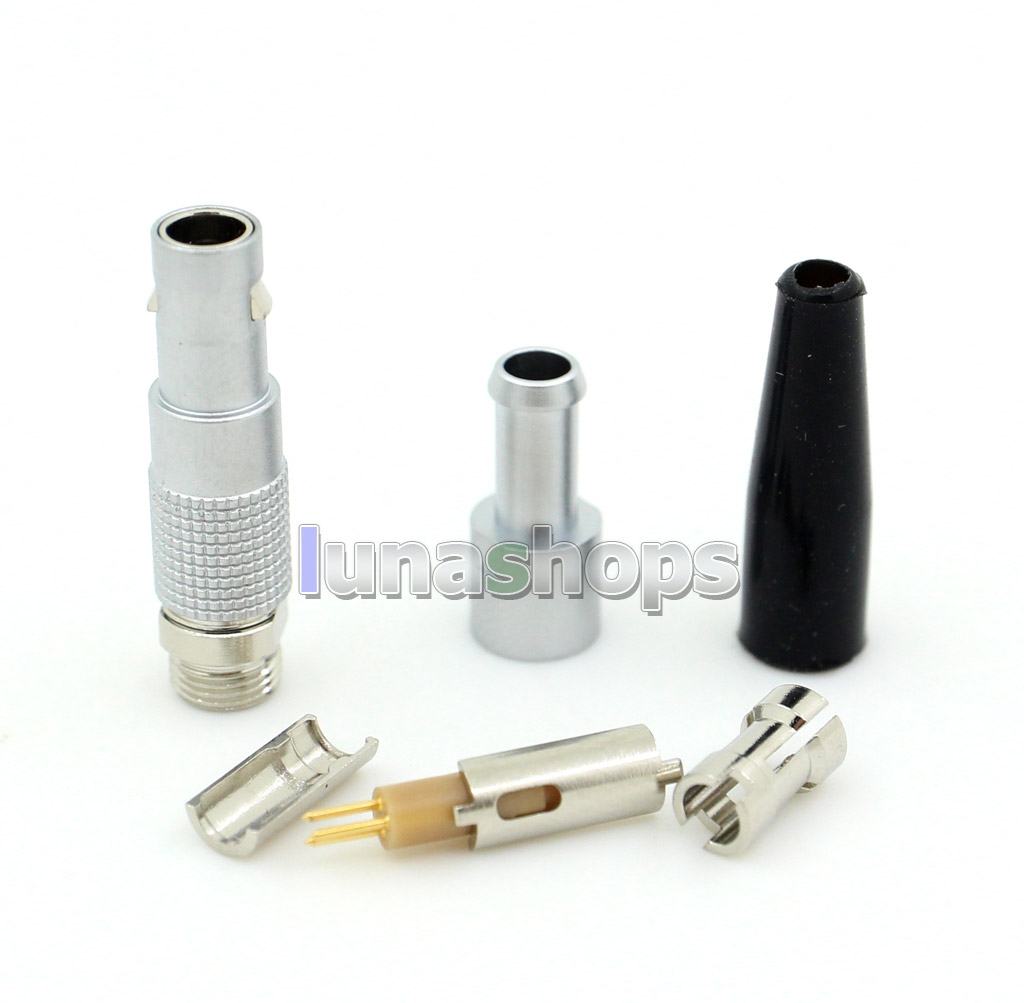

The K872 is in fact detailed to the level of microscopic accuracy. I expected that the K872 would be, basically, a K812 but closed, but what I got was significantly different… and even better. I also described it as being one of the most glorious and revelatory headphones for high-resolution audio work that I had ever heard. I described the K812 as meticulous to the point of being painful, revealing problems in bad audio with an efficiency that ranged from ruthless to downright sadistic. Some specs: maximum input power of 300 mW, frequency response of 5 Hz to 54 kHz, an astoundingly high sensitivity of 112 dB SPL per volt, and an impedance of 36 ohms, making the K872 equally at home on a high-quality D/A converter or a smartphone. It will explode into a pile of incredibly tiny components in your hand, and you will not be able to reassemble it without specialized tools. Only one warning from a former physicist who worked with LEMO cables every day for years: resist the temptation to unscrew the connector to see what’s inside it, and always attach and detach your cable with a straight push/pull motion, never turning or twisting. The LEMO is a scientific instrumentation connector that’s renowned for being ultra-high-quality yet tiny. The K872 is packed in a rigid zippered case, and comes with a 3-meter straight cable with a gold-plated miniplug and 1/4” TRS adapter on one end and a LEMO connector on the other. In casual listening comparisons, I found the K872 to be at least as isolating as my purpose-built Direct Sound EX-29 isolation phones! The earcups are replaceable, but the K872 doesn’t come with a spare pair. This idea was first made manifest in the K812, but has truly come to fruition in the K872. The uniquely shaped earcups are worth a detailed description on their own as you can see in the photos, they’re designed to hug the natural contours of the skull and jaw, fitting tightly and effortlessly around the ears and providing an unreal amount of isolation for a traditional headphone. It does have the advantage of retaining the exact size of your head once it’s set. This headband doesn’t use the spring-loaded adjustment mechanism that’s found on most other AKG phones you set head size with a click-stop locking mechanism that I personally don’t like quite as much as the spring-loaded design simply because it’s not self-adjusting over time. The lightweight, rigid frame of the K872 has a breathable fabric-covered sling headband to take the weight of the phones (390 g or about 14 ounces). Reading down the specs and feature list reveals innovation after innovation that separates the K872 from the common herd. The K872 is a closed-back circumaural dynamic headphone that bears a strong resemblance to the K812, but little resemblance to any other headphone I’ve tried recently.

A few weeks ago, just in time for this issue on monitoring and acoustics, AKG sent me the new K872, a closed sibling to the K812, and… well, read on.

Well, I got a reprieve of nearly three years, but my luck just ran out. Like many studio users, I lean heavily toward closed designs for their isolation and firm bass, and I must admit that I breathed a sigh of relief when I was able to use that as an excuse to send the K812 back to AKG rather than empty my wallet keeping it. At a very not-cheap $1499, the K812 was a revelation, and my only caveat was that as an open headphone, it was of less utility in studio applications. In our March 2014 issue, Ears On covered several of AKG’s high-end studio phones, including the K812, a remarkable open-back design that offers impeccable detail and clarity of a sort rarely heard in headphones at any price point.


 0 kommentar(er)
0 kommentar(er)
